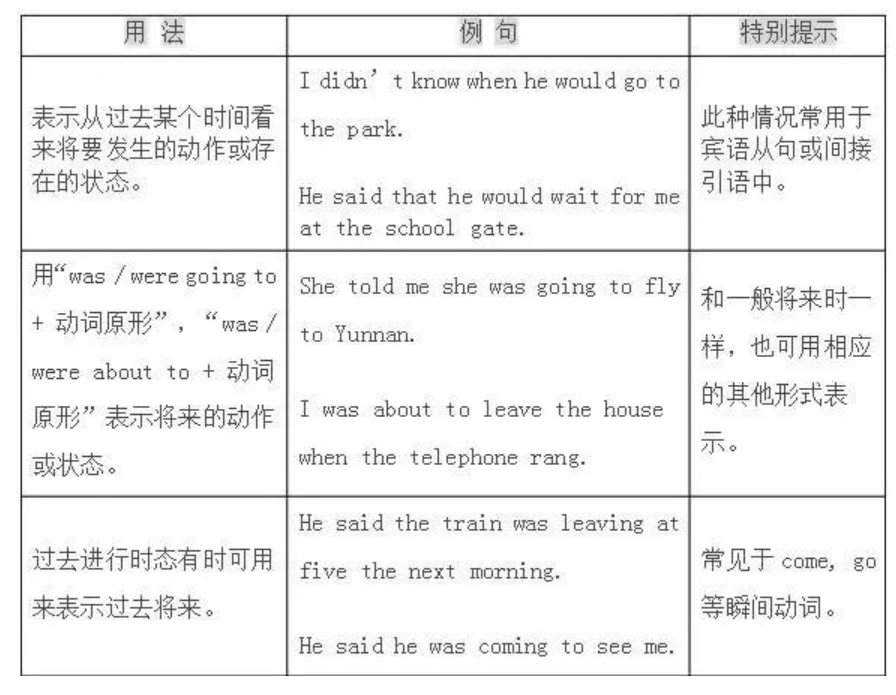╩ūĒō
ļSĢrå¢
ļSĢrĮŌ┤
ł¾┐╝
éõ┐╝
Ė▀ųą
Ņ}Äņ
ų¬ūR³c
šZ╬─
öĄ(sh©┤)īW(xu©”)
ėóšZ
╬’└Ē
╗»īW(xu©”)
│§ę╗
│§Č■
│§╚²
2024ųą┐╝
ĪĪĪĪĪĪ ĪĪĪĪ
- įćŅ}═Ų╦]Ż║ ųą┐╝šµŅ} ųą┐╝ę╗─Ż ųą┐╝Č■─Ż ē║▌SŅ} Å═(f©┤)┴Ģ(x©¬)Ņ} ŅA(y©┤)£yŅ} ─ŻöMŅ}
- īW(xu©”)┐ŲŻ║ šZ╬─ öĄ(sh©┤)īW(xu©”) ėóšZ ╬’└Ē ╗»īW(xu©”) Ė³ČÓ
- ─Ļ╝ēŻ║ │§ę╗ │§Č■ │§╚²
ĪĪĪĪĪĪ ĪĪĪĪ
- 2024ųą┐╝šµŅ}┤░Ė 2024ųą┐╝ū„╬─Ņ}─┐ ųą┐╝ØMĘųū„╬─ įćŅ}Ż║ŅA(y©┤)£yŅ} ē║▌SŅ} ─ŻöMŅ}
- ųĖī¦(d©Żo)Ż║Ė▀ĘųĮø(j©®ng)“× ųą┐╝╝ęķL ųą┐╝ū„╬─ ’ŗ╩│ą─└Ē
- ┐╝³cŻ║šZ╬─ öĄ(sh©┤)īW(xu©”) ėóšZ ╬’└Ē ╗»īW(xu©”)
ĪĪĪĪĪĪ ĪĪĪĪ
ĪĪĪĪĪĪ ĪĪĪĪ
- įćŅ}Ż║šZ╬─šµŅ} ŠÜ┴Ģ(x©¬)Ņ} į┬┐╝ Ų┌ųą Ų┌─®
- ų¬ūR³cŻ║┐╝³cĘų╬÷ ūųę¶ūųą╬ į~šZĮŌßī ╬─īW(xu©”)│ŻūR ╬─čį╬─ ¼F(xi©żn)┤·╬─ķåūx
ĪĪĪĪĪĪ ĪĪĪĪ
ĪĪĪĪĪĪ ĪĪĪĪ
ĪĪĪĪĪĪ ĪĪĪĪ
- įćŅ}Ż║ ╗»īW(xu©”)šµŅ} ŠÜ┴Ģ(x©¬)Ņ} į┬┐╝ Ų┌ųą Ų┌─®
- ų¬ūR³cŻ║┐╝³cĘų╬÷ ╦«Ą─śŗ(g©░u)│╔ ╦ßēA¹} ╠╝Ą─č§╗»╬’ ╗»īW(xu©”)ĘĮ│╠╩Į ╚▄ę║
ĪĪĪĪĪĪ ĪĪĪĪ
ĪĪĪĪĪĪ ĪĪĪĪ
ĪĪĪĪĪĪ ĪĪĪĪ











